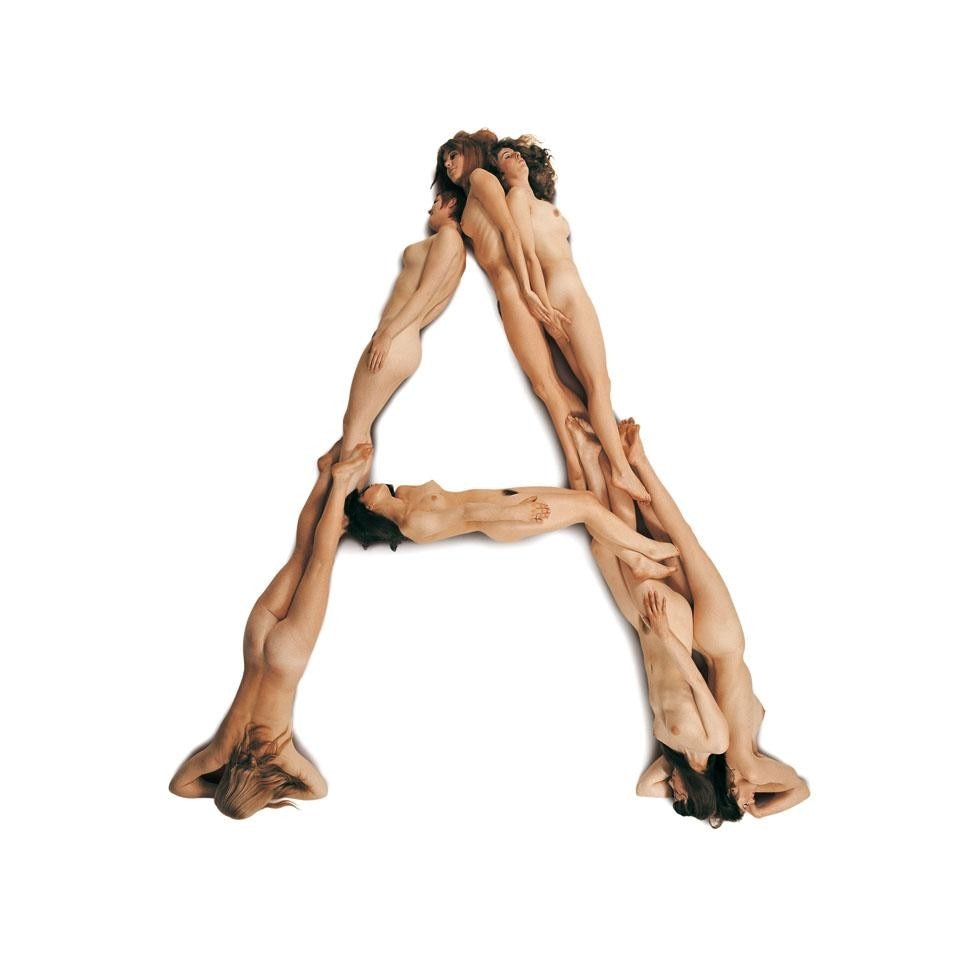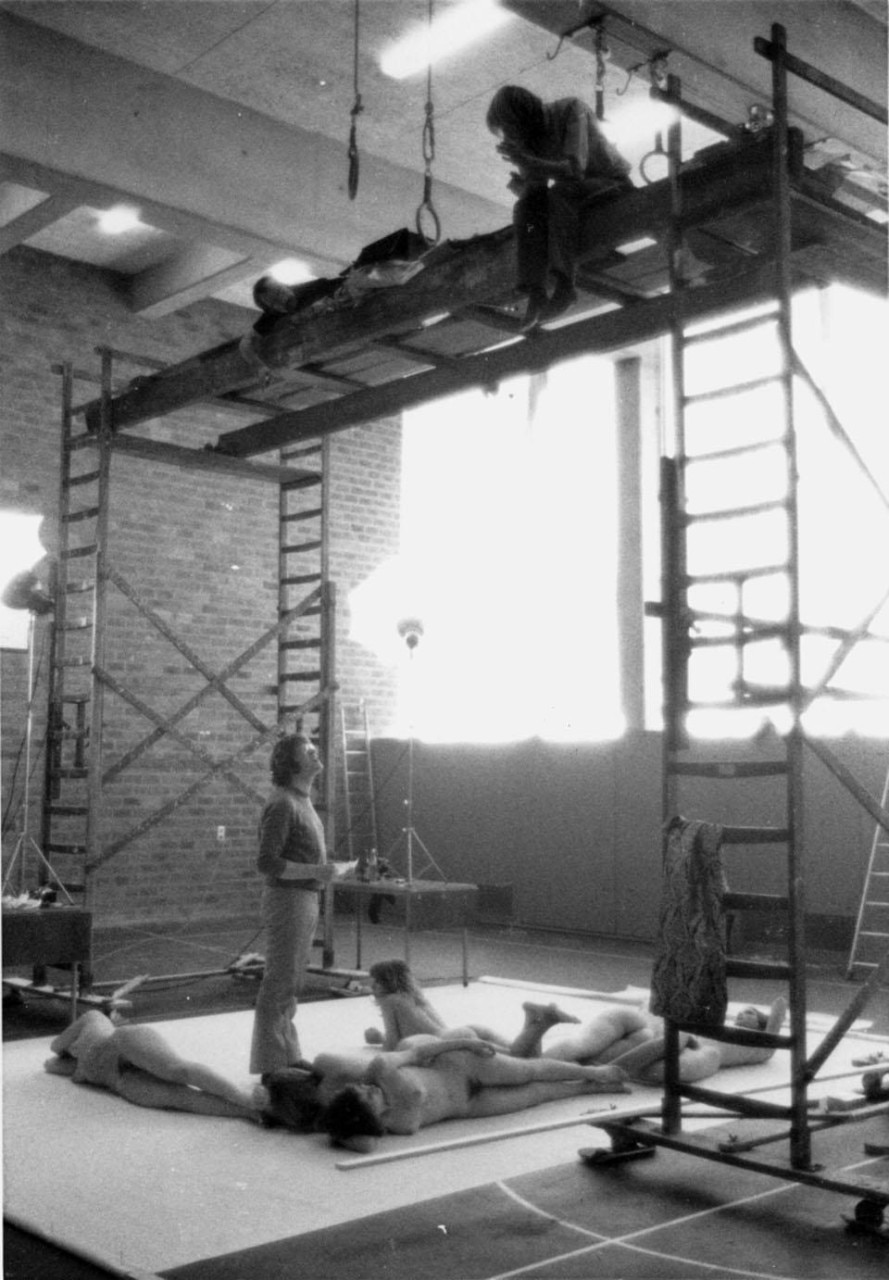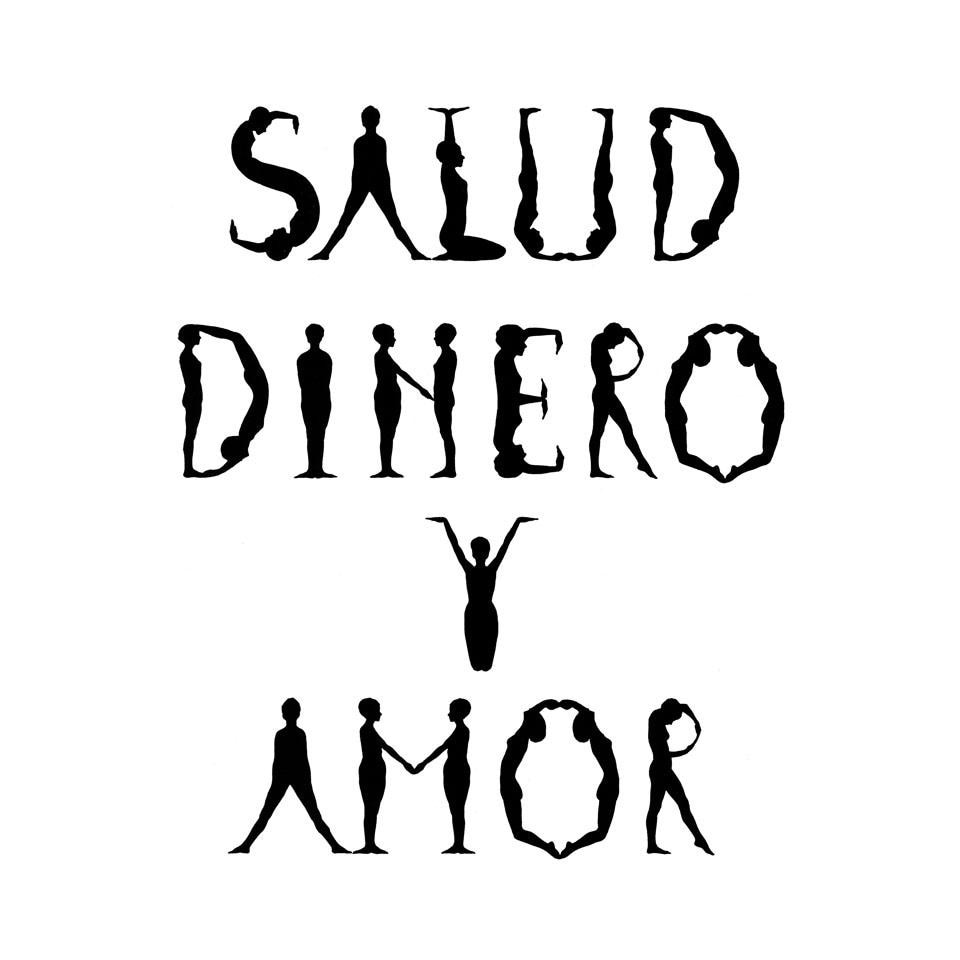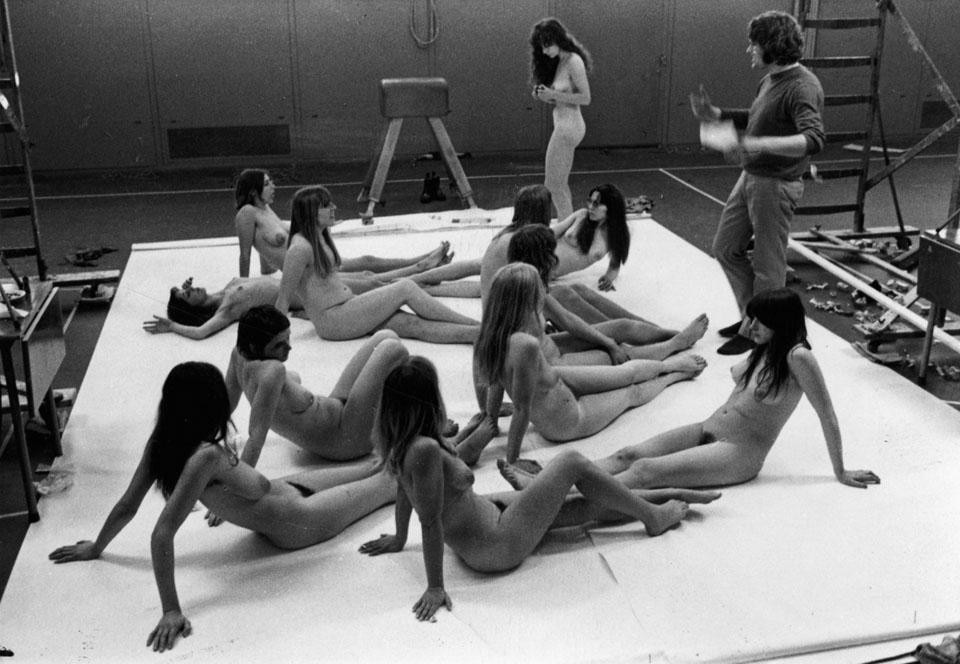
This interpretation of phenomena seems to derive—through power and "affront"—from the Flemish painting tradition, with black magpies flying over fields dotted with gallows erected by Spanish conquerors in Bruegel paintings. The result is an irreverent Beeke reminiscent of Till Ulenspiegel, the hero of Dutch literature.

Alphabets have always been representative of eras and places. The intrinsic richness of each letter and its possible modulations are a culture's freely expressed instruments and materials. Serif or sans serif, typefaces have often sought a kind of anthropomorphism, especially in the late gothic and baroque periods, until the modern figurative alphabets by Ursula Huber-Bavier in 1961 and Armin Haab in 1967, which were so gracefully drawn, so graphically absolute and Swiss as to be chosen by Bruno Munari for a greeting card.
The question remains: will this new self-produced dressed alphabet be serif or sans serif? The very feminine composition—the gentleness with which the letters are formed—suggests that the font will certainly be serif, and perhaps, today, free of copyright.


